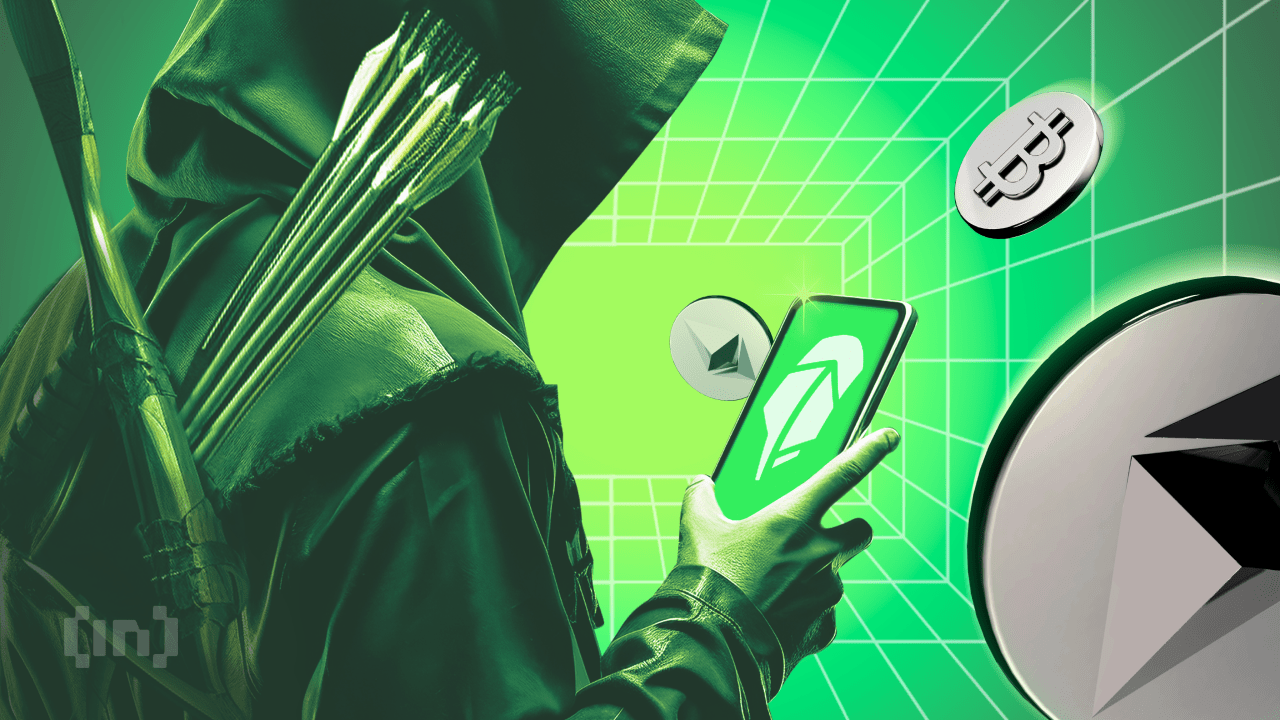
Robinhood has launched crypto transfer services in Europe, enabling customers to move cryptocurrencies in and out of its app. This move highlights the American financial services company’s dedication to expanding its product offerings and strengthening its global presence in the crypto market.
Speculation arose that the retail investing platform is exploring the stablecoin market, but Robinhood has firmly denied this claim.
Robinhood Enables Crypto Transfers in Europe
Customers in the European Union can now deposit and withdraw over 20 digital currencies, including BTC, ETH, SOL, and USDC, via Robinhood’s platform. They can also self-custody assets instead of storing their holdings with third parties.
With the launch of the service, European customers can receive 1% of the value of tokens deposited on the platform back in the form of the equivalent cryptocurrency they transfer into Robinhood, a limited-time marketing strategy.
This development comes barely a year after Robinhood Crypto forayed into the EU market. The venture allowed customers to buy and sell cryptocurrencies. However, they could not move them away from the platform to another third party or their own self-custodial wallet. The latest development changes that.
Read more: How to Buy and Sell Crypto on Robinhood: A Step-by-Step Guide
Robinhood’s move to bring crypto transfers to Europe acknowledges the region’s potential to become an attractive market for digital currencies. Its general manager and vice president, Johann Kerbrat, cited crypto-friendly regulations adopted in Europe’s 27-member bloc. In his opinion, things could be better once Markets in Crypto-Assets (MiCA) are in full effect.
This regulatory clarity has allowed companies like Circle to obtain an Electronic Money Institution (EMI) license, enabling them to offer dollar- and euro-pegged crypto tokens under the MiCA framework.
Amid this environment, there was speculation that Robinhood was exploring stablecoin launches alongside Revolut, but the retail investing platform has denied these claims. The firm put out the speculation, citing no “immediate plans” to launch its own stablecoin.”
“On our side, we don’t have any imminent plan. It’s always kind of funny in my position to see where people think we’re going to move next,” Kerbrat said in an interview with a news site.
Rumors notwithstanding, Tether’s USDT dominance in the stablecoin market could face significant competition as sector regulation improves in the EU. As BeInCrypto reported in July, Circle’s USDC stablecoin leads regulated stablecoins with a $23 billion volume, effectively challenging reserve-backed stablecoin First Digital USD’s (FDUSD) 14% market share.
USDC’s main market rival in the stablecoin market, Tether’s USDT, is not EMI-licensed. Its CEO, Paolo Ardoino, is still unconvinced by MiCA’s expectation of 60% backing in bank cash.
Also read: What Is Markets in Crypto-Assets (MiCA)? Everything You Need To Know
These developments highlight the potential of the MiCA framework to shift the balance in favor of compliant stablecoins.
Disclaimer
In adherence to the Trust Project guidelines, BeInCrypto is committed to unbiased, transparent reporting. This news article aims to provide accurate, timely information. However, readers are advised to verify facts independently and consult with a professional before making any decisions based on this content. Please note that our Terms and Conditions, Privacy Policy, and Disclaimers have been updated.









